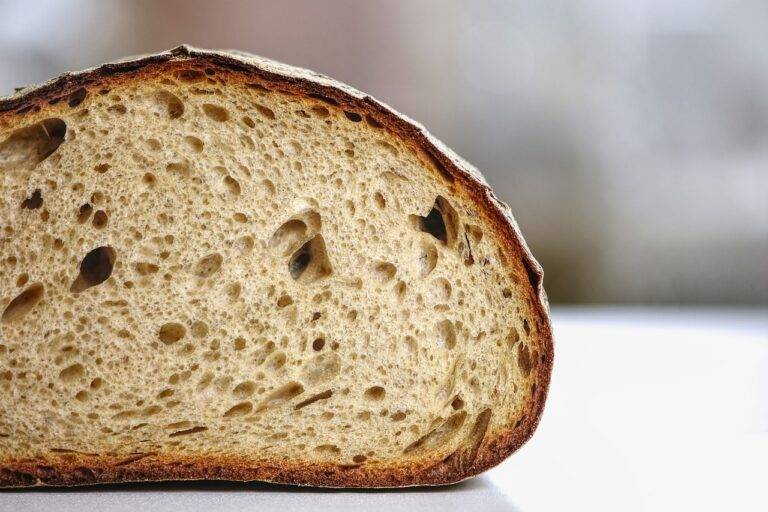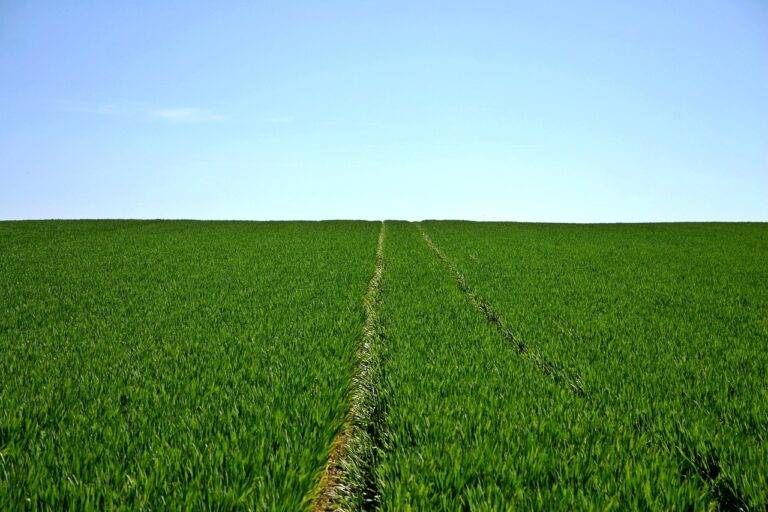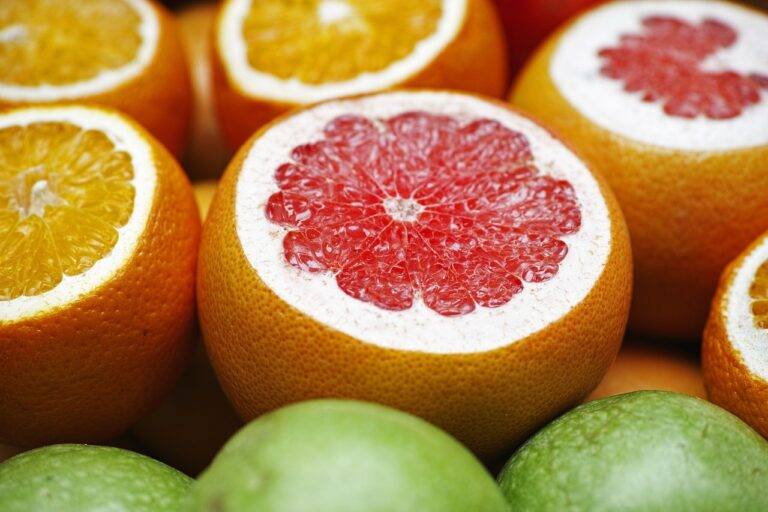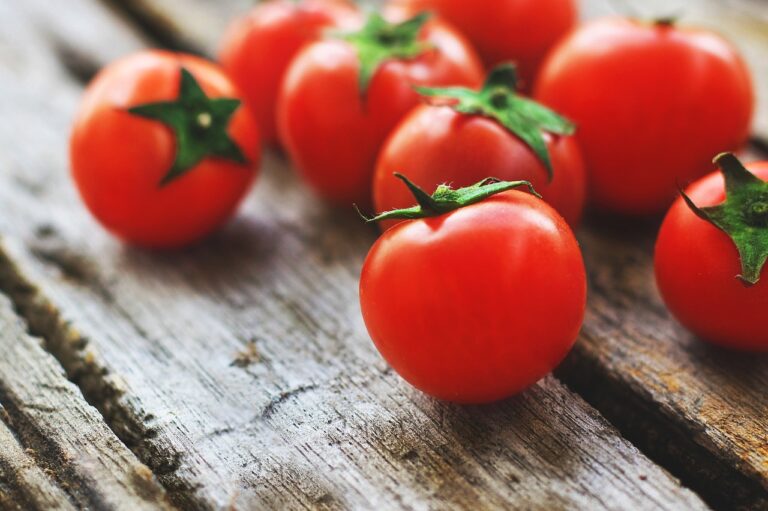Exploring Food Industry Innovations in Indoor Farming and Controlled Environment Agriculture
Traditional agriculture faces numerous obstacles in the modern era. One significant challenge is the unpredictable impact of climate change on crop yields. Fluctuating weather patterns, including droughts, floods, and extreme temperatures, can devastate crops, leading to reduced harvests and financial losses for farmers. Additionally, the reliance on traditional farming methods often limits sustainable practices, exacerbating environmental degradation and soil depletion.
Furthermore, traditional agriculture grapples with limited access to technological advancements, hindering efficiency and productivity. Many farmers lack the resources or knowledge to adopt modern agricultural technologies, such as precision farming and automated machinery. This technological gap not only impedes the optimization of crop production but also hinders the ability to meet the increasing demands of a growing global population.
Advantages of Indoor Farming
Indoor farming offers a controlled environment that allows for year-round cultivation of crops. This means that farmers are not limited by seasonal changes or adverse weather conditions, providing a more stable and predictable growing environment. In addition, the controlled setting of indoor farms enables growers to optimize growing conditions such as lighting, temperature, and humidity, resulting in higher crop yields compared to traditional outdoor farming methods.
Furthermore, indoor farming utilizes vertical growing systems, allowing for efficient use of space. This vertical integration not only maximizes production within a smaller footprint but also reduces the need for extensive land use. By growing crops vertically, indoor farming can produce a higher volume of food in a more sustainable manner, making it a promising solution to address the challenges posed by population growth and food security concerns.
Innovative Technologies in Controlled Environment Agriculture
In the realm of controlled environment agriculture, technological innovations have revolutionized the way crops are grown. Advanced lighting systems, such as LED grow lights, play a crucial role in providing the perfect spectrum of light for plants to thrive indoors. These lights can be fine-tuned to mimic natural sunlight, promoting optimal photosynthesis and growth for various crops.
Additionally, automated climate control systems have become indispensable tools in maintaining ideal growing conditions within indoor farms. These systems continuously monitor and adjust factors like temperature, humidity, and airflow to create an environment that is tailored to the specific needs of the crops being cultivated. By leveraging these innovative technologies, growers can optimize yields, minimize resource consumption, and ensure consistent crop quality throughout the year.
What are some of the challenges faced in traditional agriculture?
Some challenges in traditional agriculture include unpredictable weather conditions, pests and diseases, limited arable land, and water scarcity.
What are some advantages of indoor farming?
Indoor farming allows for year-round cultivation, reduced water usage, minimal pesticide use, precise control over growing conditions, and the ability to grow crops in urban areas.
What are some innovative technologies used in controlled environment agriculture?
Some innovative technologies used in controlled environment agriculture include hydroponics, aquaponics, vertical farming, LED lighting, automated systems, and precision farming techniques.
How does hydroponics work in controlled environment agriculture?
Hydroponics is a method of growing plants without soil, where nutrients are dissolved in water and delivered directly to the roots. This allows for more efficient nutrient uptake and water usage.
What is vertical farming and how does it benefit controlled environment agriculture?
Vertical farming involves growing crops in vertically stacked layers, often in a controlled environment. This technology maximizes space utilization, increases crop yields, and reduces the need for pesticides.
How do automated systems contribute to controlled environment agriculture?
Automated systems help monitor and control various aspects of the growing environment, such as temperature, humidity, lighting, and nutrient delivery. This ensures optimal conditions for plant growth and helps reduce labor costs.
What is precision farming and how is it utilized in controlled environment agriculture?
Precision farming involves using technology to optimize crop production by analyzing data on soil conditions, weather patterns, and crop growth. This data-driven approach helps farmers make informed decisions to increase efficiency and sustainability.







